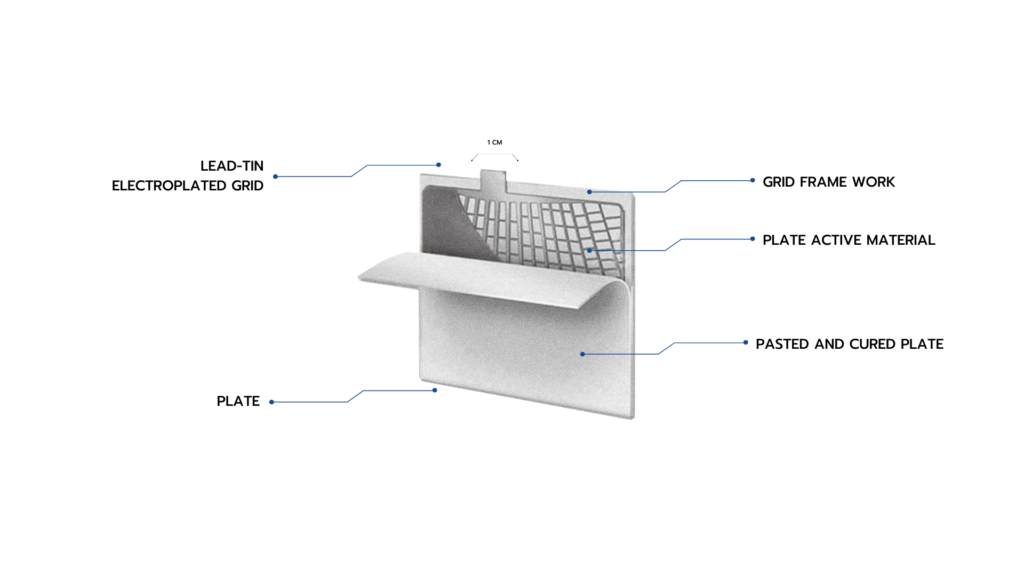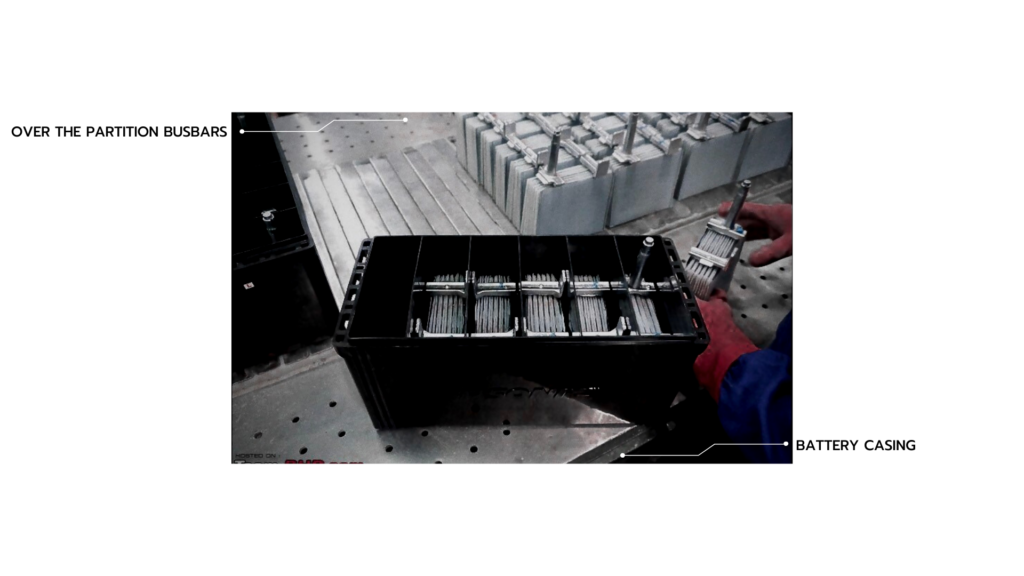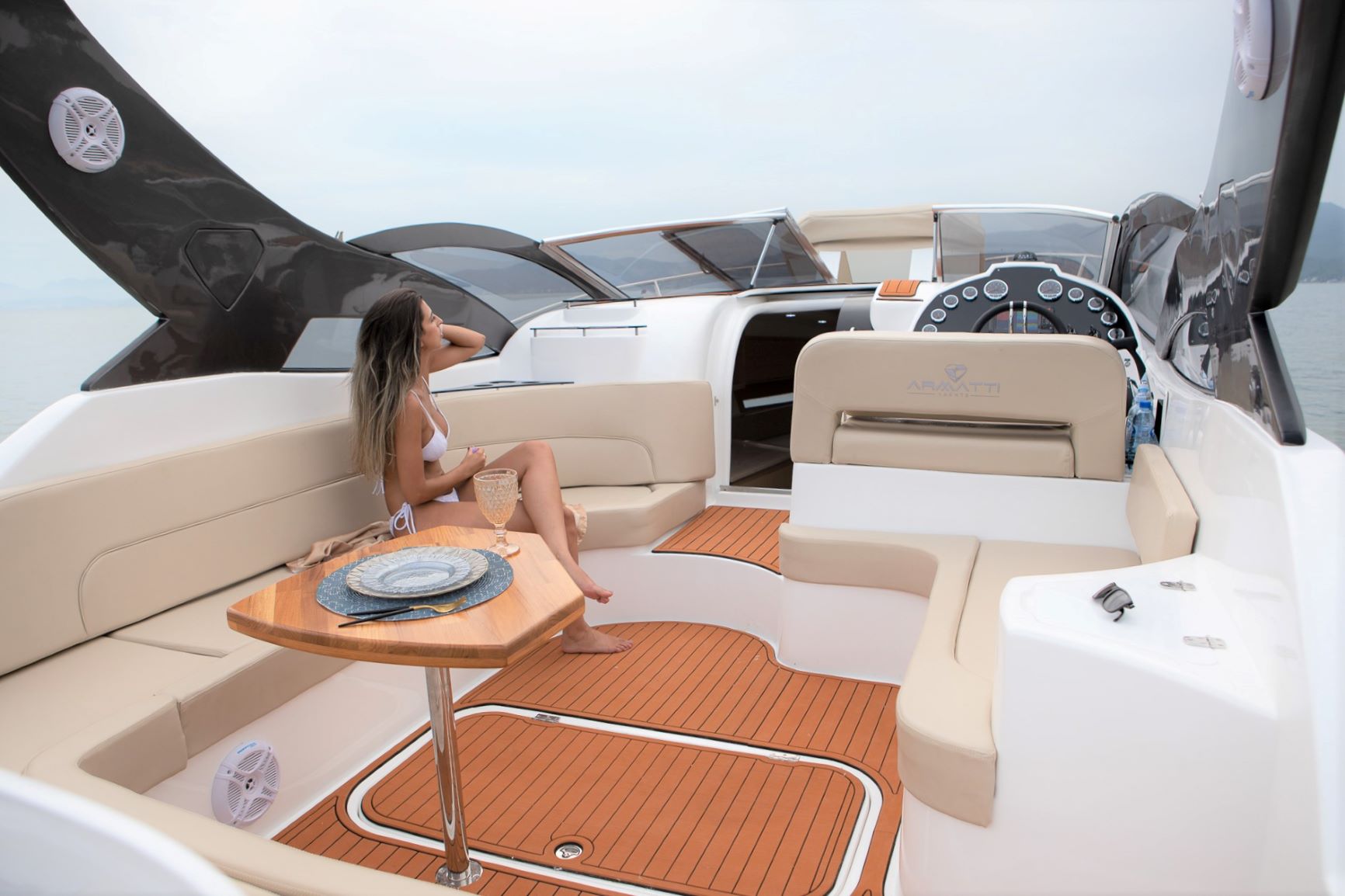The Difference Is In The Detail – AGM Batteries
ARTICLE CREDIT: JAMES HORTOP, MERLIN EQUIPMENT
visit www.merlinequipment.com for the latest and greatest in battery management technology.
AVAILABLE THROUGHOUT ASIA FROM DRAKE MARINE
SECTION 1 IS A BRIEF INTRODUCTION TO BATTERY TYPES
SECTION 2 FOCUSES ON THE DIFFERENCES WITH FULLRIVER BATTERIES
SECTION 3 GIVES DETAILS ABOUT THE RANGES OF FULLRIVER BATTERIES AVAILABLE FROM DRAKE MARINE
Section 1: Battery Technology
There are various different types of Lead/Acid battery available. Generally these are wet, gel, and AGM. All use lead plates and immersed in an electrolyte.
Wet Batteries
The oldest technology out there, wet lead acid batteries, as the name suggest have their plates immersed in an acid solution. They must be kept upright and propagate gasses (Hydrogen and Hydrogen Sulphide) during charging (which must be vented outside). These gasses cause corrosion on cables and fittings, and are explosive. High internal resistance causes the battery to self-discharge quicker and longer to recharge. There are different types – starting, leisure, and traction – this refers to their suitability for use in engine cranking, cranking/cycling, and deep cycling, generally refers to the thickness of the plates. The thicker the plates, the greater the depth of discharge. The thinner the plates, the more ability to create high surge currents for engine starting.
Gel Batteries
These are constructed in the same way as a wet battery. An additive is mixed with the electrolyte that turns it into a gel. This prevents spills and until the advent of AGM technology were the choice for deep cycle applications.
AGM Batteries
AGM stands for Absorbed Glass Matt. As the name suggest, a matting material is inserted between the plates which absorbs the electrolyte. The matting holds the electrolyte close to the plates to give better performance. As there is no acid to slosh about, they are spill proof and can be mounted in any orientation, even on their sides (but not upside down!)

The battery grid is then pasted (with the plaster coloured paste) to make up the battery plate. The paste is cured and is called the batteries “Active Material”
The cured plates are then placed in a stack with a separator between them. Each stack is a cell. That cell is then placed inside the battery (there are usually 6 inside a 12V battery as each cell is rated at 2 volts). The cells are connected together using busbars.
The general makeup for all lead/acid batteries looks like this:

Each one of the items pointed out in the above image can be of varying quality and construction, and are the elements that can be focused on to either improve the quality/performance of a battery, of to value engineer and reduce the cost.
Section 2: The Fullriver Difference
Extreme environments are harmful to batteries. Those environments include:
– Mobile applications where shock and vibration are prevalent
– High current applications (use of inverters, winches, motors etc)
– High/Low ambient temperatures
– Rapid recharging using high output alternators and powerful multi-stage battery chargers
The absolute KEY to preventing premature battery failure and promoting long life while minimising damage during deep cycling is the prevention of the Active Material dropping off (known as shedding) the grids. That key objective along with some other features are key to the design and production of every Fullriver battery.
Cast Grids
The cheapest way of forming a battery grid is to stamp out a flat sheet of lead and then pull it apart. This makes a very flexible grid which under vibration moves. Furthermore the stamping process causes sharp edges that under vibration will wear through the separator between the plates. These are known as Stamped or Expanded grid design.
All Fullriver batteries use Cast Grids. Lead is poured into an individual mould. The cast gird is much stronger than expanded types. The active material is then pasted by hand onto those plates. Uniquely with Fullriver, the plates are then baked in a temperature & humidity controlled oven for 10 days before being stacked and placed in the batteries. This style of construction make Fullriver battery pates far stronger and more robust than others. Further to this, the active material formula is proprietary and designed specifically for long life, and enhanced performance.

Right – Flexible Expanded Grid
Pure Lead Construction
Most batteries use recycled lead and a combination of other metals. Fullriver uses 99.99% pure lead. Because pure lead is free of contaminants, it is able to chemically react faster – this is why Fullriver has a far greater ability to provide instantaneous high current and sustain it for longer. Low internal resistance means faster charging and the lowest self discharge rates possible. Further to this, all metal parts inside the battery are from the same source of 99.99% pure lead. This ensures the maximum conductivity (and therefore performance) and prevents internal corrosion between different metal parts.
Over The Partition Busbars
Each of the 6 cells within the battery need to be joined in series to produce the 12V power required. In standard batteries, these busbars are simply pushed through a hole in the battery case partitions and spot welded to the top of each cell pack.
In a high vibration environment or where the weight is shifting back and forth (like on a vehicle or vessel), the cells will shift in different trajectories. This stresses the spot welds on the busbar. A break will cause the battery to either fully or partially fail.
The busbars used in all Fullriver batteries is designed in conjunction with the case. Instead of simply pushing through the cell walls, they route over the top of each partition. At the same time, they interlock to the top of the cell partition to provide additional strength. Over the partition welds add a little weight and cost to the battery but, holds the cells solid and won’t fail even in extreme vibration environments.

Battery Casing
Most battery casings are made from soft polypropylene. On larger batteries, flexibility in the case will allow the cells to move and stress the internal busbars and promote shedding from the plates. In some cases, you can see the sides of the battery case bow in/out as the battery charges/discharges – again bad for keeping the internal lead plates in situ.
All Fullriver batteries use a much stronger ABS case. This resists knocks and shocks but more importantly holds the batteries cells in place when boats slam through waves or vehicles run over speed bumps in the road. The ABS case is also specifically designed to integrate with the internal busbars to ensure the whole battery remains as a single, solid assembly.
Lid Sealing & Valves
Batteries generate heat when they are used. Add to this that they are often placed in an environment where temperatures vary significantly, the differences in pressure within the battery change dramatically (and is often the reason why you will see bowing sides of battery cases)
When pressure builds up too high inside the case, a pressure relief valve will open. Opening of the valve will lose some electrolyte and shorten the life of the battery.
Because most batteries have a heat-sealed case, valves have to be set at an opening pressure that doesn’t cause the heat seal to be breached. The Fullriver case is epoxy sealed – the epoxy seal is much stronger than a heat seal – this allows the Fullriver battery valves to be set a 2-3 PSI higher than other batteries – again promoting the batteries ability to be used in very deep cycle and rapid recharging applications.
Branding & Factory
Fullriver batteries are built in the Fullriver factory, by Fullriver employees. No subcontractors are used. All parts are build in house. Outside materials are carefully checked and batch controlled under ISO9001 certified criteria to ensure quality of each and every battery sold.
Fullriver batteries are sold with an industry leading warranty as a result of these significant technical differences.
Section 3: Fullriver Range
All Fullriver batteries feature the technical differences described within this document and are available in two main ranges:
– Fullriver Fullthrottle
– Fullriver DC Series
Both ranges are virtually identical in terms of construction, the differences are in the plate design – Fullthrottle has a much greater surface area and is designed for high surge applications such as engine starting, operating winches, bow thrusters and electric motors. Fullthrottle can also be used for semi-deep cycle applications.
Fullthrottle batteries generate significantly higher current than standard batteries. In this picture the smaller Fullthrottle battery exceeds the cranking amp rating of the larger conventional battery. Add the benefit of being fully sealed, long life, and much smaller, it is an ideal choice for power sports, specialist vehicle, and marine applications where longevity and space/weight are essential.

DC Series batteries have very thick plates and are designed to deal with very deep depths of discharge. They are the only Lead/Acid AGM that may be discharged to 100% without damage. In normal use (to 50% DoD) they will return in excess of 1500 cycles (this is more than double that of a standard semi-traction AGM battery). In fact, the DC-Series perform so highly that in many applications, there is little point in considering more expensive lithium and other exotic battery types. The DC Series battery is available in 2, 6, 8, and 12V blocks from 17 to 400 amp hours.

Section 4: Benefit Summary
Generic Fullriver Features:
– 99.99% Pure Lead Design
– Cast Grids
– 10 week grid cure time with proprietary past
– Matched lead material internal to the battery
– Oversized, integrated, over-the-top partition busbars
– Epoxy sealed cases with high PSI valves
– High quality terminals and connection hardware
– Industry leading warranty
– Low internal resistance for fast recharging and longest possible shelf life
– Can be mounted in any orientation (except upside down)
– Generates far higher current than standard batteries
– Designed for high vibration environments
– Safe for use in human occupied compartments
– IATA approved for air-shipping
Fullthrottle Batteries:
– Designed for high current cranking applications (and semi-traction use)
– Over 50% smaller and lighter weight than an equivalent conventional battery
– Industry standard cases – interchangeable with all standard sizes, Optima and Odyssey brands
– Available from 8ah (100CCA and just 3.2kg) to 225ah (8D case 1450CCA).
– Over 30 different models
Fullriver DC Series Batteries:
– Designed for heavy duty deep cycle applications
– Over 1500 cycles to 50% Depth of Discharge
– Uniquely can be discharged to 100% DoD without damage
– Industry leading warranty
About Merlin Equipment
Merlin Equipment has, for over 30 years provided power systems to those whose lives and livelihoods depend on battery power. Our equipment is fitted to global cruising yachts, ambulances, police vehicles, RNLI lifeboats, and front-line battle tanks. Merlin Equipment also develops and produces the worlds most accurate battery monitor – DataCell II. DataCell II has been proven by DSTL (Defence Scientific Technologies Laboratories), TARDEC (Tank Automotive Research & Development Council) and battery manufacturers. It is now fitted as standard to many NATO front line battle tanks. Our Technology proves out batteries and the claims made by their manufacturers – The Fullriver batteries are amongst the highest quality available on today’s market.
ARTICLE CREDIT: JAMES HORTOP, MERLIN EQUIPMENT
visit www.merlinequipment.com for the latest and greatest in battery management technology.
AVAILABLE THROUGHOUT ASIA FROM DRAKE MARINE




